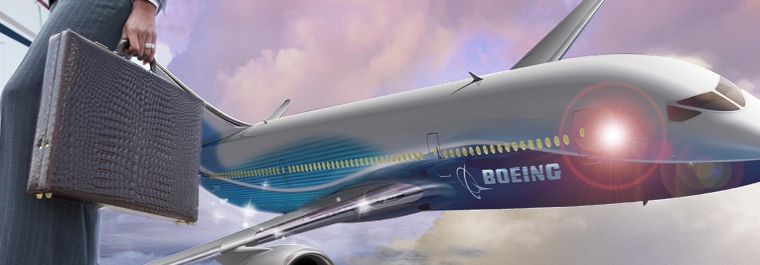Email:service@fqctw.com
2012-10-16
Embraer Sees Slow Market Recovery, But On Target For 2012
Embraer Sees Slow Market Recovery, But On Target For 2012
2012-10-11 Author: Source:AviationWeek Traffic:1894
Embraer expects the business aviation market to remain down for the rest of the year, despite record corporate profits and a record number of high-net-worth individuals (HNWIs). But Embraer Executive Jets President Ernest Edwards, speaking to reporters in Sao Jose dos Campos, Brazil, believes those trends will position the industry to take off in the future.
“Market recovery is in slow motion,” Edwards says. Corporate profits are topping $2 trillion and HNWIs, defined as individuals with disposable income of more than $1 million, have amassed more than $40 trillion in wealth. GDP, meanwhile, has stabilized at 2.1%, but is expected to edge back up to 3% by 2016.
While this foretells growth long term, Edwards says for now, “that money is not being spent.”
The improvement in the used market appeared to halt in the third quarter, a trend Edwards says the company hopes is temporary. He couldn’t say what spurred a recent uptick in used aircraft inventory, whether it reflects trade-ins or fractional aircraft coming on the market. The recovery of business jet traffic also is a little slower than the company would expect, he says, noting it is tracking closely to 2011 levels.
The Brazilian manufacturer, which keeps a rolling outlook of forecast deliveries, is projecting a slow improvement in business jet deliveries that will amount to 9,300 units worth $246 billion through 2022. But Embraer also is closely watching a number of variables, such as a volatile market in Europe, which could reduce the overall numbers to 7,870 deliveries valued at $205 billion over the next 10 years.
North American will continue to dominate, taking 46% of new aircraft for a total of 4,000-4,300 aircraft valued at between $89-$107 billion through 2022.
China increases to 7% of the deliveries at 400-650 business jets valued at up to $24 billion. The European, Middle East and Africa regions account for 29% of deliveries at between 2,180-2,700 units valued at up to $82 billion.
“North America continues to be the wealthiest region,” Edwards says, with a larger number of HNWIs. But Asia Pacific also has a high percentage of HNWIs.
He concedes that is down from past forecasts, but says a number of measures are showing strength for the future. Interest is picking up with corporate departments, priming themselves to begin to turn over what is becoming an aging fleet.
The prolonged downturn, meanwhile, has continued to erode the Embraer backlog, which once approached nearly $21 billion, to $12.9 billion by the end of the second quarter. Increased deliveries of E-Jets as well as lost commercial and business jet orders contributed to that decline, which spurred at least two analysts – JP Morgan and Cowen – in recent weeks to downgrade the Brazilian manufacturer from “overweight” to “neutral” ratings.
On the business jet side, Edwards noted that the Executive Jets group encountered a few multi-order cancellations this year. But the discussions of those cancellations actually began in 2011 and were not finalized until this year, he says. “We’re happy that is behind us,” Edwards adds. Beyond those multi-order cancellations, he says cancellations overall continue to slow and are not at the pace of the past couple of years.
Despite the cancellations, Embraer still expects to meet its target of delivering 75-85 Phenoms and 15-20 of its larger cabin aircraft in 2012, Edwards says. The company had delivered 29 Phenoms and four Legacy/Lineages through the end of the second quarter, but has been ramping up for the year-end push, when many customers ask to take delivery.
Edwards says the company has been pleased by the increasing interest in both the Legacy 650, as well as the Lineage. The Phenom 300 at the same time has maintained a healthy backlog thanks to orders from fractional providers including both NetJets and Flight Options. But Phenom 100 sales remain a struggle.
Even with the recent fluctuations, Embraer has remained on its business plan set out in 2005 – when the Executive Jets division was formally established – to become a major player in the industry by 2015. The company now has an offering in nearly every niche – except the ultra-long-range category filled by upper-end Gulfstreams and Bombardier Global aircraft. “I think we’ve achieved our objective,” he says.
As for the ultra-long range, Edwards acknowledges the company sees that “gap” in its product line, but says it does not currently have plans to target that market.


















